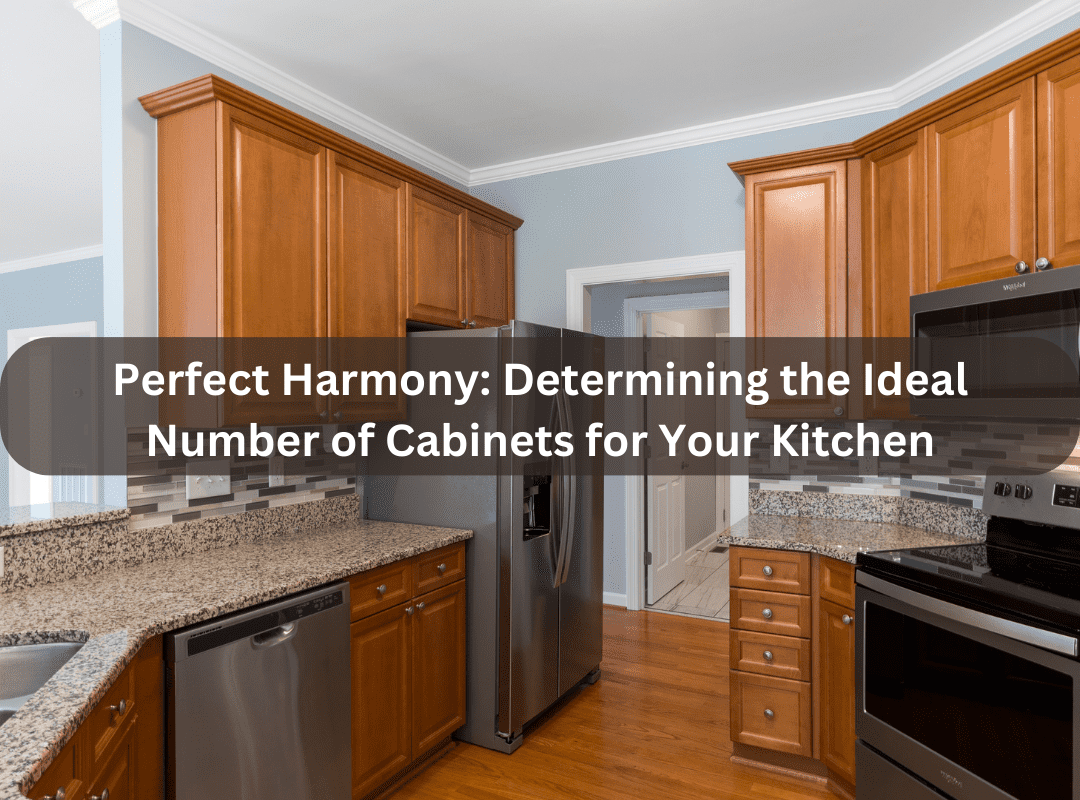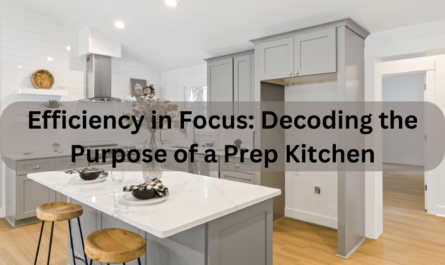Introduction For How Many Cabinets Should A Kitchen Have
Embarking on the design journey for your dream kitchen involves meticulous planning, and one of the key considerations is determining how many cabinets your kitchen should have. Beyond being mere storage units, cabinets contribute significantly to the aesthetics and functionality of your culinary space.
In this exploration, we’ll delve into the art and science of cabinet quantity, uncovering factors that range from kitchen size to personal preferences. Join us on this quest to discover the perfect balance between form and function, creating a kitchen that not only satisfies your storage needs but also reflects your unique style.
Q1: How Many Cabinets Should A Kitchen Have?
A1: The number of cabinets in a standard kitchen varies, but a common guideline is to have 10-15 cabinets for an average-sized kitchen.
Q2: What factors influence the number of cabinets in a kitchen?
A2: Kitchen size, layout, storage needs, and personal preferences are key factors influencing the number of cabinets.
Q3: Should all kitchens have the same number of cabinets?
A3: No, the number of cabinets depends on individual needs, lifestyle, and the available space in each kitchen.
Q4: How can kitchen layout impact cabinet quantity?
A4: Kitchens with larger layouts may accommodate more cabinets, while smaller kitchens might prioritize efficient space utilization.
Q5: What are the essential types of cabinets in a kitchen?
A5: Common types include base cabinets, wall cabinets, tall cabinets, and specialty cabinets for specific purposes like corner storage or pantry needs.
Q6: How does the size of a family influence cabinet requirements?
A6: Larger families may require more storage space, influencing the number of cabinets needed for groceries, cookware, and tableware.
Q7: Is there a recommended ratio for upper and lower cabinets?
A7: A common ratio is 2:3, meaning for every two upper cabinets, there are three lower cabinets, providing a balanced and visually appealing design.
Q8: Should the kitchen island be considered in the cabinet count?
A8: Yes, kitchen islands often include cabinets or drawers, contributing to the overall storage capacity.
Q9: How can lifestyle choices impact cabinet needs?
A9: Cooking enthusiasts may need more cabinets for specialized cookware, while minimalists might prefer fewer cabinets for a streamlined look.
Q10: What role do appliances play in determining cabinet quantity?
A10: Larger appliances like double ovens or built-in refrigerators may affect cabinet placement and quantity, influencing the overall design.
Q11: Should the cabinet count include open shelving or display cabinets?
A11: Yes, open shelving and display cabinets contribute to the overall aesthetic and storage, and they should be considered in the total count.
Q12: How does the storage capacity of cabinets impact the count?
A12: Cabinets with pull-out shelves, deep drawers, or built-in organizers can impact storage capacity, influencing the required number of cabinets.
Q13: What’s the role of a pantry in the overall cabinet count?
A13: A pantry can reduce the need for additional cabinets, especially for storing non-perishable goods and kitchen supplies.
Q14: How do architectural features affect cabinet placement?
A14: Windows, doors, and architectural features may impact where cabinets can be placed, influencing the overall cabinet count.
Q15: Can a kitchen have too many cabinets?
A15: While ample storage is beneficial, too many cabinets can create a cluttered look; finding a balance based on needs and aesthetics is essential.
Q16: How does the cabinet material impact the overall kitchen design?
A16: The material and finish of cabinets contribute to the kitchen’s style; selecting cohesive materials can enhance the overall design.
Q17: Should future needs be considered in determining cabinet quantity?
A17: Yes, planning for future needs such as a growing family or evolving lifestyle can help ensure cabinets remain functional over time.
Q18: Is it common to seek professional advice in determining cabinet quantity?
A18: Yes, consulting with a kitchen designer or a professional can help tailor the cabinet count to specific needs and optimize the kitchen layout.
Q19: Can customization impact the number of cabinets?
A19: Customized cabinets allow for tailored solutions, potentially impacting the overall count based on individual requirements and preferences.
Q20: What’s the significance of a well-planned cabinet layout in a kitchen?
A20: A well-planned cabinet layout not only maximizes storage but also enhances the functionality and aesthetics of the kitchen, creating a harmonious and efficient space.
Conclusion On How Many Cabinets Should A Kitchen Have
As we conclude our journey into the realm of kitchen design, envision a space where every cabinet is not just a storage solution but a carefully curated element of the overall aesthetic. The ideal number of cabinets is not a one-size-fits-all concept; it’s a harmonious blend of practical considerations, individual lifestyle, and the unique character of your kitchen.
Whether it’s embracing open shelving, integrating a pantry, or balancing upper and lower cabinets, the result is a culinary haven that caters to your needs and captivates with its visual appeal. Here’s to the perfect symphony of cabinets, transforming your kitchen into a space where functionality meets artistic expression.




